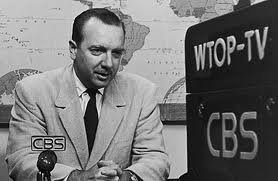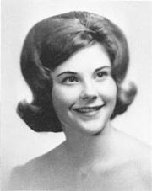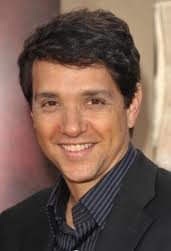
Recent research has found some crow species capable of not only tool use, but also tool construction. Crows are now considered to be among the world's most intelligent animals with an encephalization quotient equal to that of many non-human primates. ( an evolutionary increase in the complexity or relative size of the brain, involving a shift of function from noncortical parts of the brain to the cortex.)
Bird intelligence has been studied through several attributes and abilities. Many of these studies have been on birds such as quail, domestic fowl and pigeons kept under captive conditions. It has, however, been noted that field studies have been limited, unlike those of the apes. Birds in the crow family (corvids), and parrots (psittacines) have been shown to live socially, have long developmental periods, and possess large forebrains, and these may be expected to allow for greater cognitive abilities.
Counting has been considered an ability that shows intelligence. Anecdotal evidence from the 1960s has suggested that crows may count up to 3. Researchers however need to be cautious and ensure that birds are not merely demonstrating the ability to subitize, or count a small number of items quickly. Some studies have suggested that crows may indeed have a true numerical ability. It has been shown that parrots can count up to 6, and crows can count up to 8.
Here's a bunch of questions and answers about crows..
https://www.birds.cornell.edu/crows/crowfaq.htm
From Mr. Food
This Pumpkin Cream Cheese Bundt Cake is what fall is all about! With its festive pumpkin flavors and the silky ribbon of cream cheese, our easy Bundt cake recipe is sure to be the talk of every holiday party you attend. Get ready for smiles around the dinner table, because all it takes is one bite to fall in love with pumpkin!
- 1 (15-ounce) can pure pumpkin
- 1 cup granulated sugar
- 1 cup light brown sugar
- 1 cup vegetable oil
- 4 eggs
- 1 teaspoon vanilla extract
- 2 3/4 cups all-purpose flour
- 1 tablespoon pumpkin pie spice
- 2 teaspoons baking soda
- 1/2 teaspoon salt
- CREAM CHEESE FILLING
- 12 ounces cream cheese, softened
- 1/2 cup granulated sugar
- 1 egg
- 1 teaspoon vanilla extract
- Confectioner's sugar for sprinkling
- Preheat oven to 350º. Coat a Bundt pan with cooking spray.
- In a large bowl, whisk pumpkin, 1 cup granulated sugar, brown sugar, oil, 4 eggs, and 1 teaspoon vanilla until combined. Add flour, pumpkin pie spice, baking soda, and salt; whisk until thoroughly combined.
- In a medium bowl with an electric mixer, beat cream cheese and 1/2 cup granulated sugar until creamy. Add 1 egg and 1 teaspoon vanilla and beat until smooth. Pour half of cake batter into Bundt pan. Spread cream cheese filling on top. Slowly pour remaining batter over top of cream cheese layer.
- Bake 55 to 60 minutes or until toothpick comes out clean. Let cool 10 minutes, then invert onto serving platter to cool completely. Sprinkle with confectioners’ sugar and serve.
Candy History
Since 1979, the world has produced more sugar than can be sold, making it very attainable and cheap.
Industrial Revolution
- 1847 – Invention of the candy press making it possible to produce multiple shapes and sizes of candy at one time.
- 1851 – Confectioners begin using a revolving steam pan to assist in boiling sugar.
- M & M’S — M&M’s are milk chocolate drops with a colorful candy coating on the outside. Forrest Mars, Sr. and William Murrie developed M&M’s following the Spanish Civil War. They dubbed the new candy with the initials of their surnames. The candies debuted in 1941 and were given to American soldiers serving in the Second World War.
- Reese’s Peanut Butter Cups — Reese’s Peanut Butter Cups are round chocolate disks that are filled with a sweet, creamy peanut butter filling. Hershey’s company first manufactured the iconic cups in 1928.




















